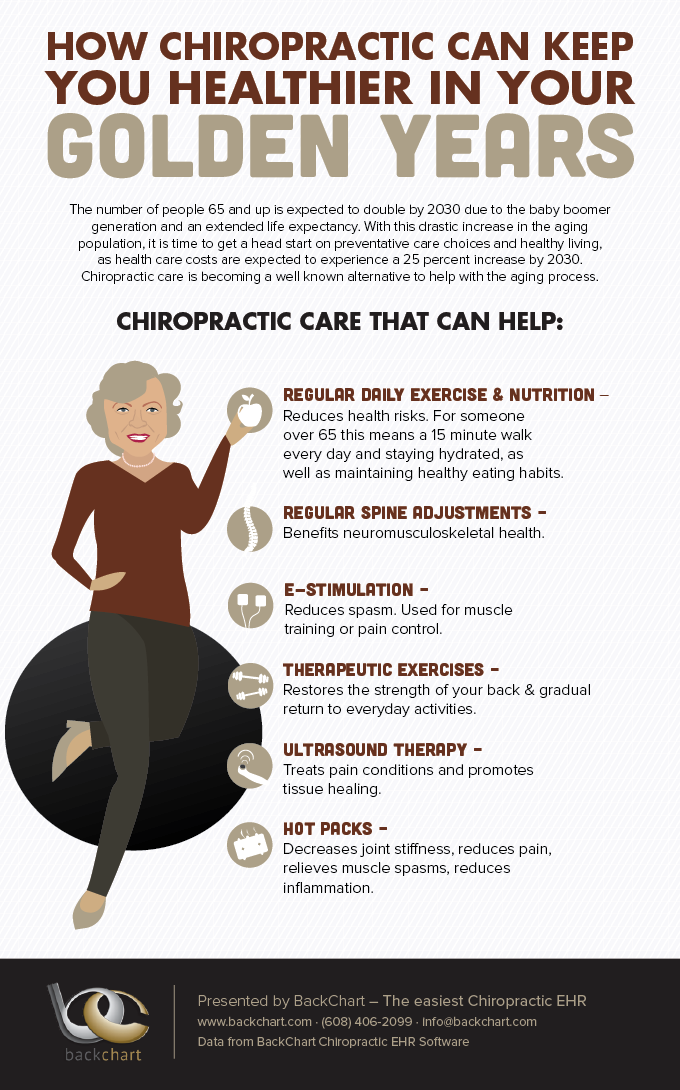Developing An Ergonomic Work Area To Avoid Neck Discomfort: Important Tips And Steps
Developing An Ergonomic Work Area To Avoid Neck Discomfort: Important Tips And Steps
Blog Article
Published By-Wynn Broe
To avoid neck pain at your workstation, ensuring your setup is ergonomically audio is important. Envision a work area where each component is tailored to support your body's placement and decrease stress. By adhering to a few straightforward steps, you can transform your desk location right into a sanctuary of comfort and efficiency. But how precisely can chiropractor in new york achieve this unified equilibrium between job and wellness? Let's discover the necessary pointers to produce an ergonomic work area that will maintain neck pain at bay.
Assess Your Current Setup
Wondering if your current workspace is adding to your neck discomfort? Take a moment to examine your arrangement. Beginning by taking a look at your computer monitor. Is it at eye degree, or do you find yourself constantly seeking out or down? Change the display to make sure that your gaze is normally in line with the top of the display.
Next, consider your chair. Are you slumping over or hunching over while you function? Your chair should sustain your lower back and advertise great pose. Change the height so that your feet are flat on the flooring and your knees are at a 90-degree angle.
Take note of the placement of your keyboard and mouse. Are they within simple reach, or are you continuously getting to and stressing your arms and shoulders? Maintain these tools near to your body to reduce unnecessary motions.
Finally, think about your illumination. Is it also intense or as well dim? go to this site can decrease eye strain and relieve stress in your neck. Make these tiny adjustments to produce a much more ergonomic workspace and help alleviate your neck discomfort.
Change Your Chair and Workdesk
To develop an extra ergonomic office and decrease neck discomfort, guaranteeing proper change of your chair and workdesk is crucial. Beginning by changing your chair to ensure that your feet remainder level on the flooring, knees go to a 90-degree angle, and your reduced back is sustained by the chair's lumbar support. Your desk needs to be at joint height to maintain correct arm setting and decrease stress on your neck and shoulders. Ensure there suffices area under the desk for your legs to relocate easily.
When adjusting your workdesk elevation, guarantee your wrists remain straight while typing and using the computer mouse. Your screen should be at eye level, about an arm's length away, to prevent you from straining your neck by looking down or up. Maintain your keyboard and computer mouse near prevent overreaching, which can trigger shoulder and neck pain.
Bear in mind to take breaks and stretch occasionally to prevent tightness and advertise circulation. By properly readjusting your chair and workdesk, you can produce a work space that supports excellent position and lowers the risk of neck pain.
Placement Your Monitor and Key-board
For optimum functional designs and to ease neck stress, correct positioning of your monitor and keyboard is crucial in your work space arrangement. Begin by putting your monitor straight in front of you at arm's size away, making sure the top of the display goes to or slightly below eye level. This helps in reducing pressure on your neck by maintaining it in a neutral placement.
Setting the key-board to ensure that your elbows are curved at a 90-degree angle and your wrists are straight while keying. Your keyboard should be placed at a height that enables your shoulders to remain loosened up and your arms to be alongside the flooring. Furthermore, make certain the mouse is put next to your keyboard at the exact same level to stay clear of reaching or twisting.
Remember to take short breaks to stretch and adjust your pose throughout the day, keeping excellent placement and avoiding neck discomfort. A well-organized work space with correctly placed display and keyboard can substantially impact your convenience and efficiency.
Conclusion
Finally, by adhering to these easy steps to create an ergonomic work space, you can substantially lower neck pain and discomfort. Remember to assess your present setup, change your chair and desk, and position your monitor and key-board effectively. By taking these aggressive actions, you can boost your overall convenience and performance while functioning.
